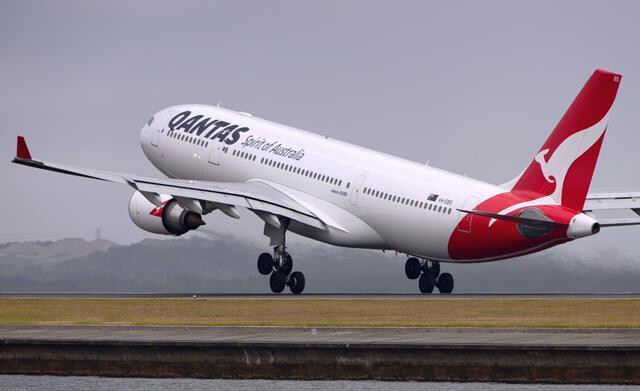
The 3,907-mile (6,288 km) route from Singapore Changi Airport (SIN) to Sydney Kingsford Smith Airport (SYD) in New South Wales, Australia, is one of the most profitable and competitive routes in the Asia-Pacific region. Four airlines operating a variety of wide-body aircraft provide services, offering business class passengers a wide range of choices. Let's compare the services of each airline.
British Airways: A Key Axis of the London-Singapore-Sydney Long-Haul Route
Although not a Singaporean or Australian national airline, British Airways plays a crucial role in the long-haul route from London Heathrow Airport (LHR) via Singapore to Sydney Airport. According to the latest schedule data from aviation analytics company Cirium, British Airways, a founding member of oneworld, operates this route daily throughout March.
Boeing 777-300ER: Out of the 31 flights British Airways has allocated to the Sydney route in March, 30 are operated by Boeing 777-300ER aircraft. According to the latest equipment data from aeroLOPA, this aircraft has the largest business class cabin in British Airways, with 76 Club World flatbed seats installed. These seats are arranged in a 1-2-1 configuration as new Club Suite seats.
Boeing 787-9 Dreamliner: Only one flight on British Airways' London Heathrow-Singapore-Sydney route in March is operated by a Boeing 787-9 'Dreamliner' aircraft. The Club World business class cabin of this wide-body twin-engine jet consists of 42 flatbed seats, with the previous style 2-3-2 configuration, alternating forward and rear-facing seats. While British Airways' specific 787-8 and all 787-10 models are equipped with new Club Suites, the 787-9 models are excluded.
Intensified Competition on the Singapore-Sydney Route, Broadening Passenger Choices
This route connecting Singapore and Sydney is a key route in the Asia-Pacific region, with several airlines competing fiercely in addition to British Airways. With a variety of aircraft types and services, it provides passengers with a wide range of choices, and competition to attract business class passengers is particularly noticeable.
[Copyright (c) Global Economic Times. All Rights Reserved.]






























